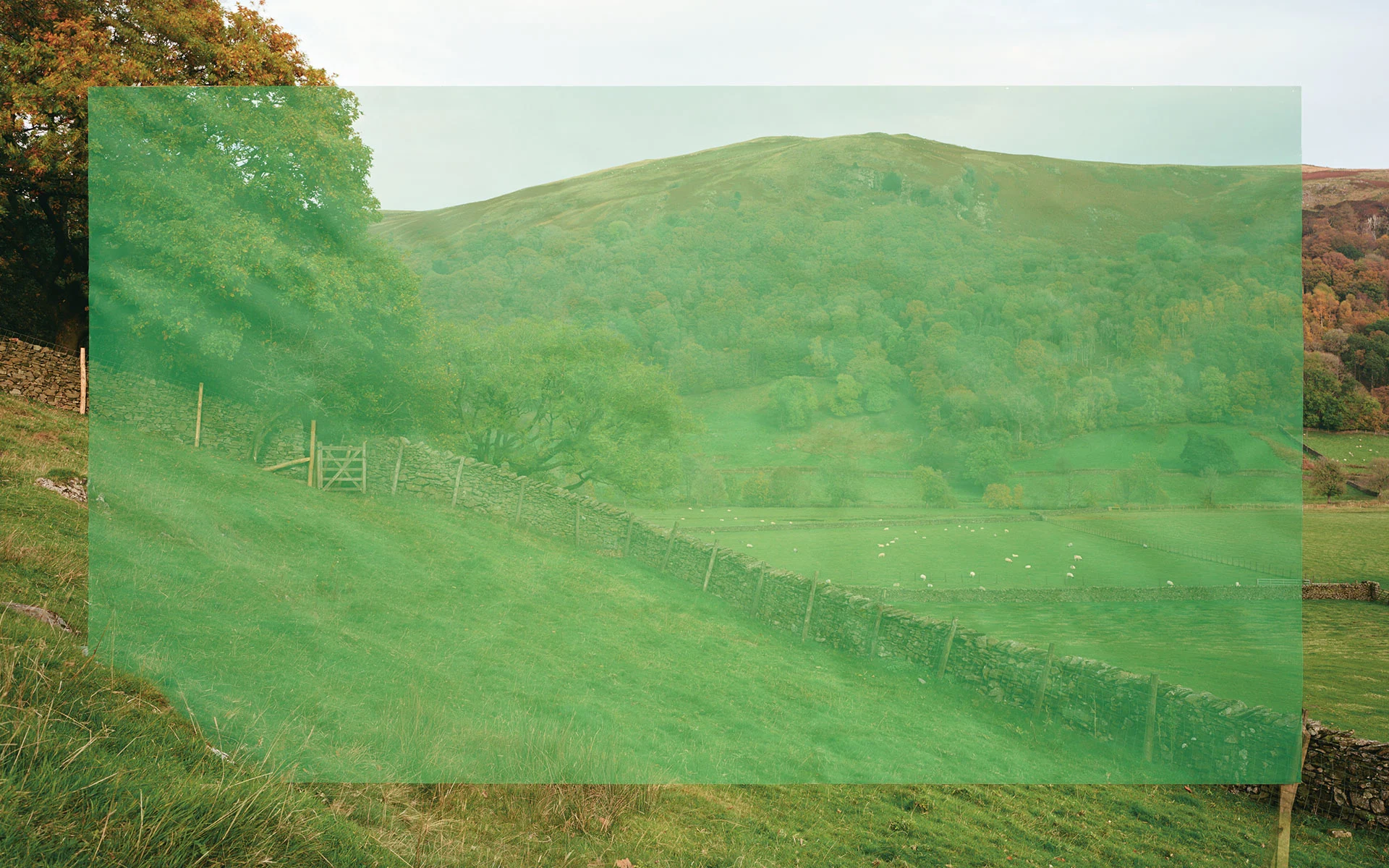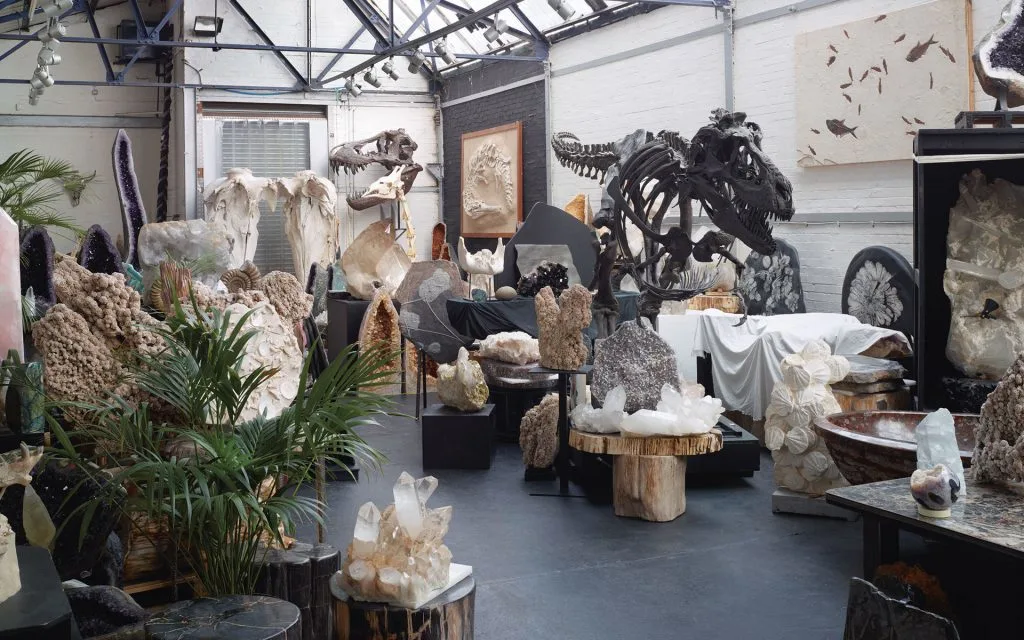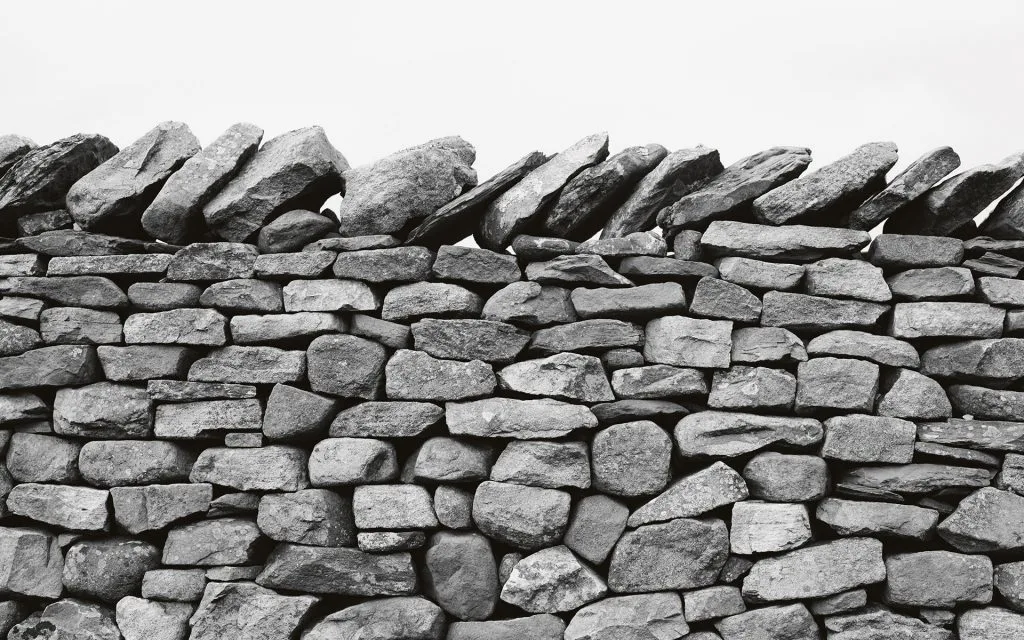

Although we live in a digital era, 2016 proved there’s still something very alluring about the magazine. Pop culture icons ranging from Stella McCartney to Frank Ocean and Kanye West have brought out zines, and in every concept store you encounter an artfully-arranged stack of beautifully published indie magazines.

Perhaps print’s appeal lies in its physicality; the weight of the object in your hands, the texture and even the smell of freshly printed paper. Or perhaps it’s because putting together a magazine takes dedication and craft, and once it’s off to the printers there’s nothing else that can be changed.
Hole & Corner is a magazine that exemplifies the art of magazine-making. The publication is devoted to people that follow their passion, whether that’s architecture or microbiological dye-coloring. We spoke to its founding editor Mark Hooper about how it lives up to its mission statement…

On your website you say the magazine is “about people who spend more time doing than talking, for whom content is more important than style; people whose work is their life – stories of dedication.” Can you explain what you mean by this?
The term “Hole & Corner” comes from an old English phrase meaning “a secret place” or “a life lived away from the mainstream.” The magazine is about finding these “Hole & Corner” places and moments, where creativity and inspiration thrive, and uncovering the stories of people living these lifestyles.
By their nature, these are quite often people who shy away from the limelight, who are devoted to carrying out their work “the right way” regardless of publicity. So we also need to gain their trust and show them that we put as much care into telling their story as they put into their chosen field of work. That means we use some of the best writers and photographers in the world and ensure we do the best possible job in terms of repro and printing.
The byline for the magazine is, “Celebrating craft, beauty, passion and skill.” The subject matter isn’t necessarily about “craft” with a capital C as we feature everyone from artists and musicians to philosophers alongside designer-makers. It’s more an attitude to life and work.

Can you give three examples of people you featured who you feel embody each of the three aims you mention in your statement?
– Somebody who spends more time doing than talking
For our Form issue, we interviewed the 80-year-old Dorset-based potter Richard Batterham, who recently had a retrospective exhibition at Contemporary Applied Arts in London. Batterham is a revered figure in the world of ceramics, and making in general, but hates to over-theorize his work. He just says, “I like to make something you can hold” and he dismisses attempts to be led by commercial considerations as “offensive.”
He spoke openly about his discomfort with both the idea of an exhibition of his life’s work and of talking to journalists about it, but we gained his trust over a series of visits, explaining the ideas behind the magazine.
– Someone who values content over style
Aboubakar Fofana is an indigo dye specialist who we featured in our Fashion issue. For him, the process of creating the dye is far more important than the fashionability of the final products he creates. He talks passionately about how he has to nurture bacteria to make the dye, so he is actually working with living organisms, and finds a spiritual meaning in his work. It also combines biochemical technology with art, by producing blue dye from green plants. He describes his work as safeguarding a tradition that dates back thousands of years.
– Someone who’s work is their life
Ann Stewart, who we featured in our second issue, is an incredible character. She’s an ex-ballerina turned choreologist (someone who creates the notation for dance choreography). Now, in her late 60s, she is one of the few female dry stone wallers in the UK, working in the Yorkshire Dales.
Everything is done by hand; not simply placing the stones – which she likens to her previous career, noting the similarities between the recognition of patterns in choreography and dry stone walling – but also in having to physically move large stones into place in the fields, often by wheelbarrow as they are inaccessible by car.


